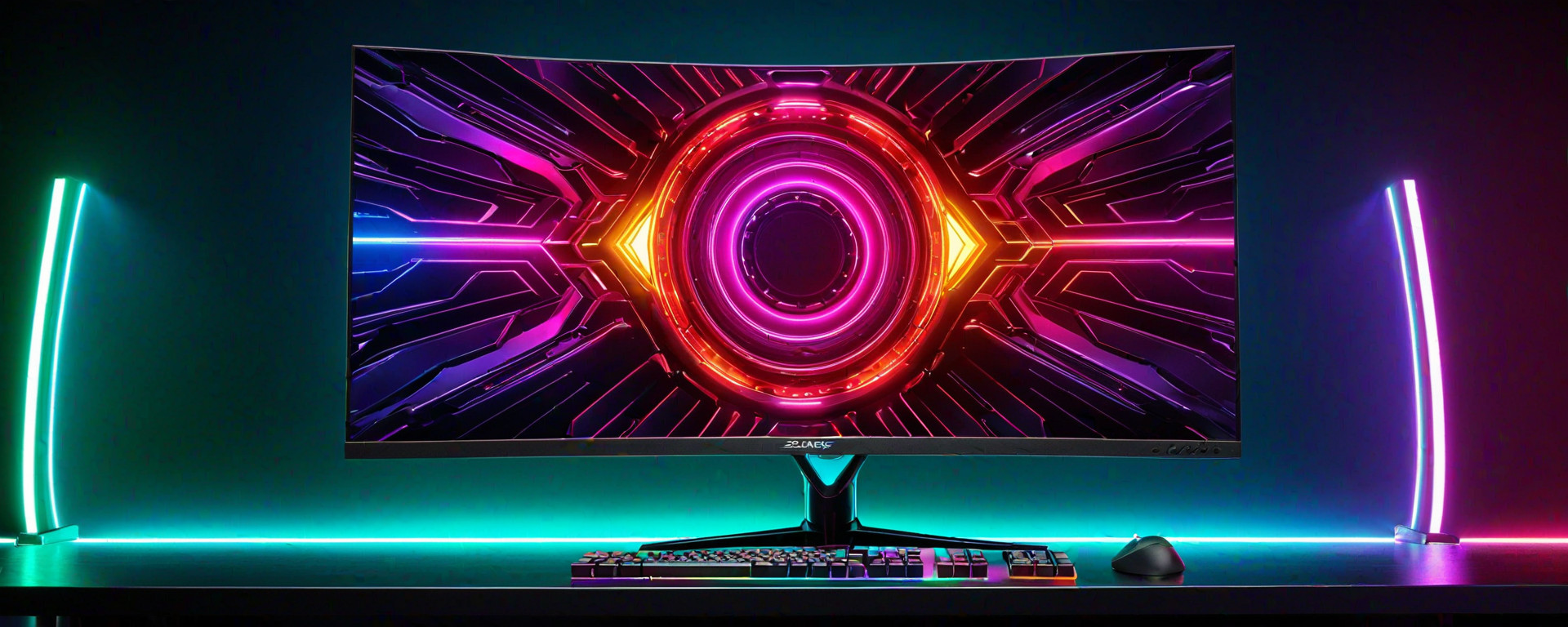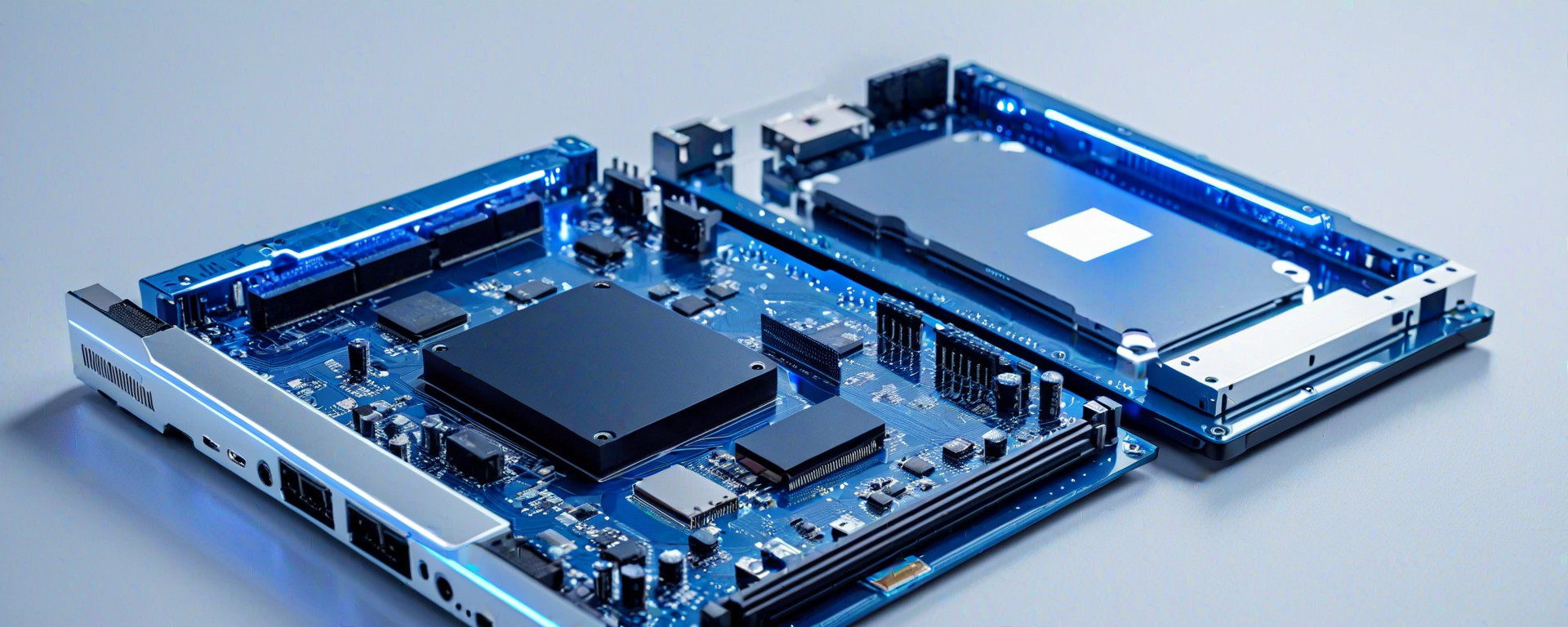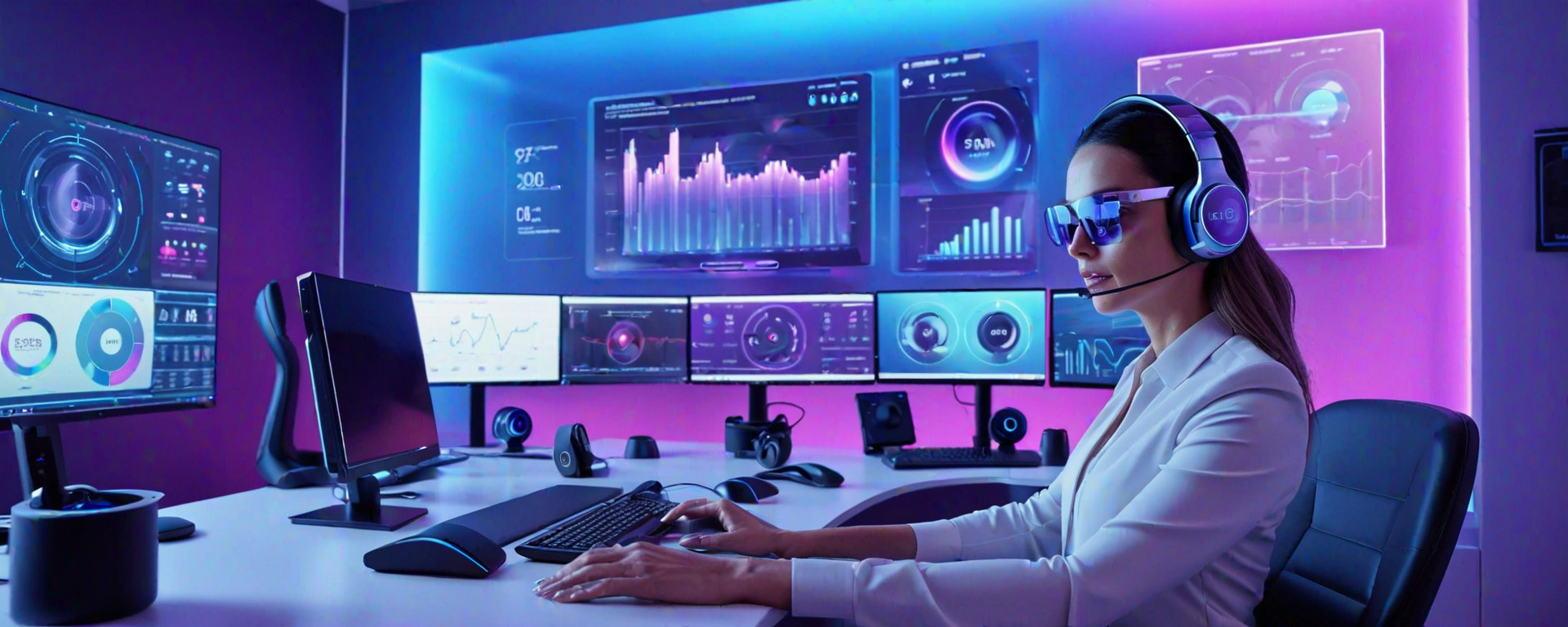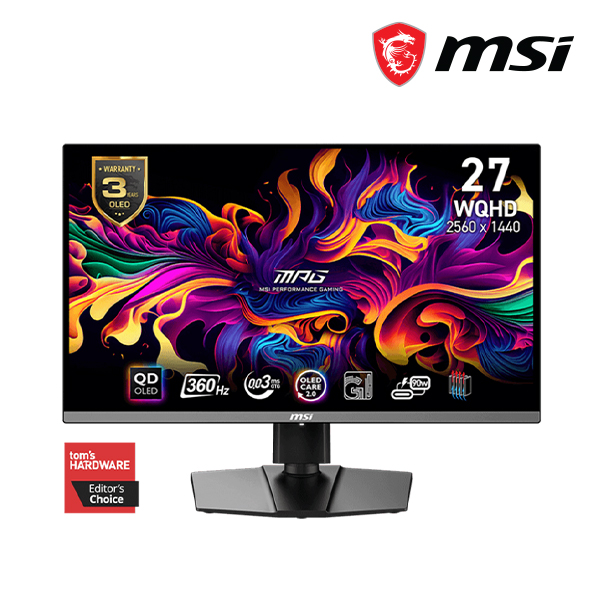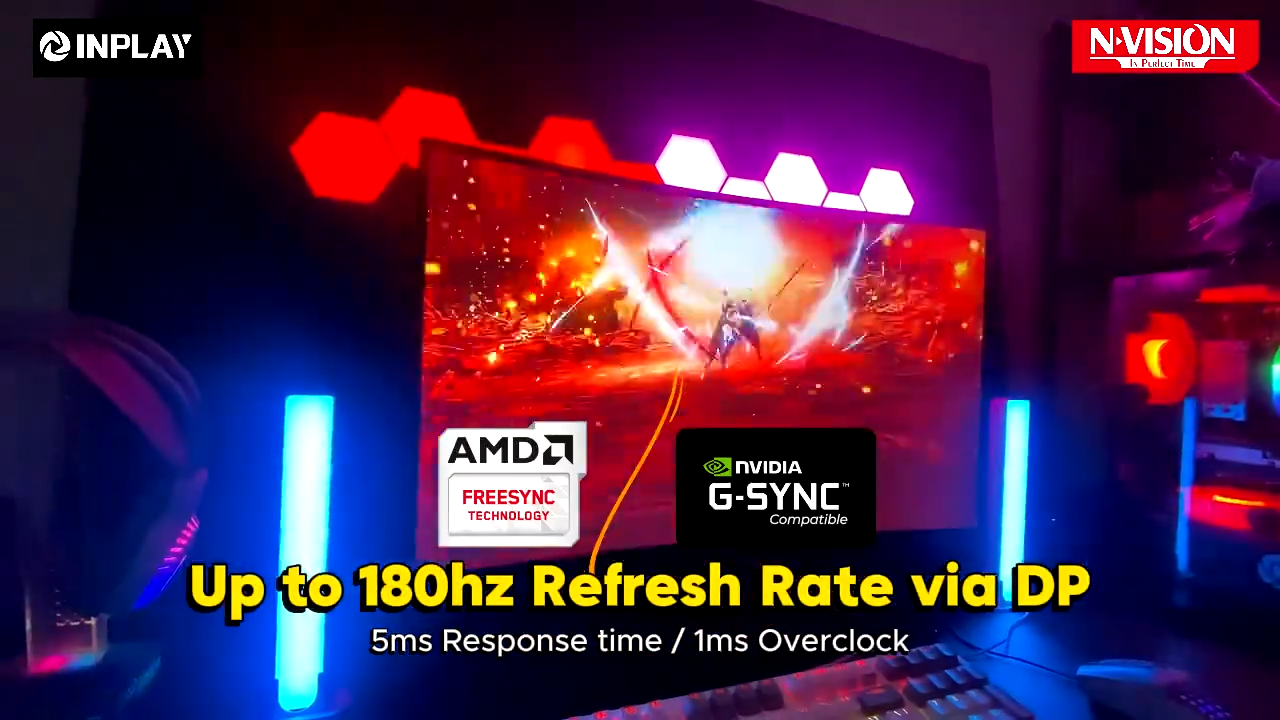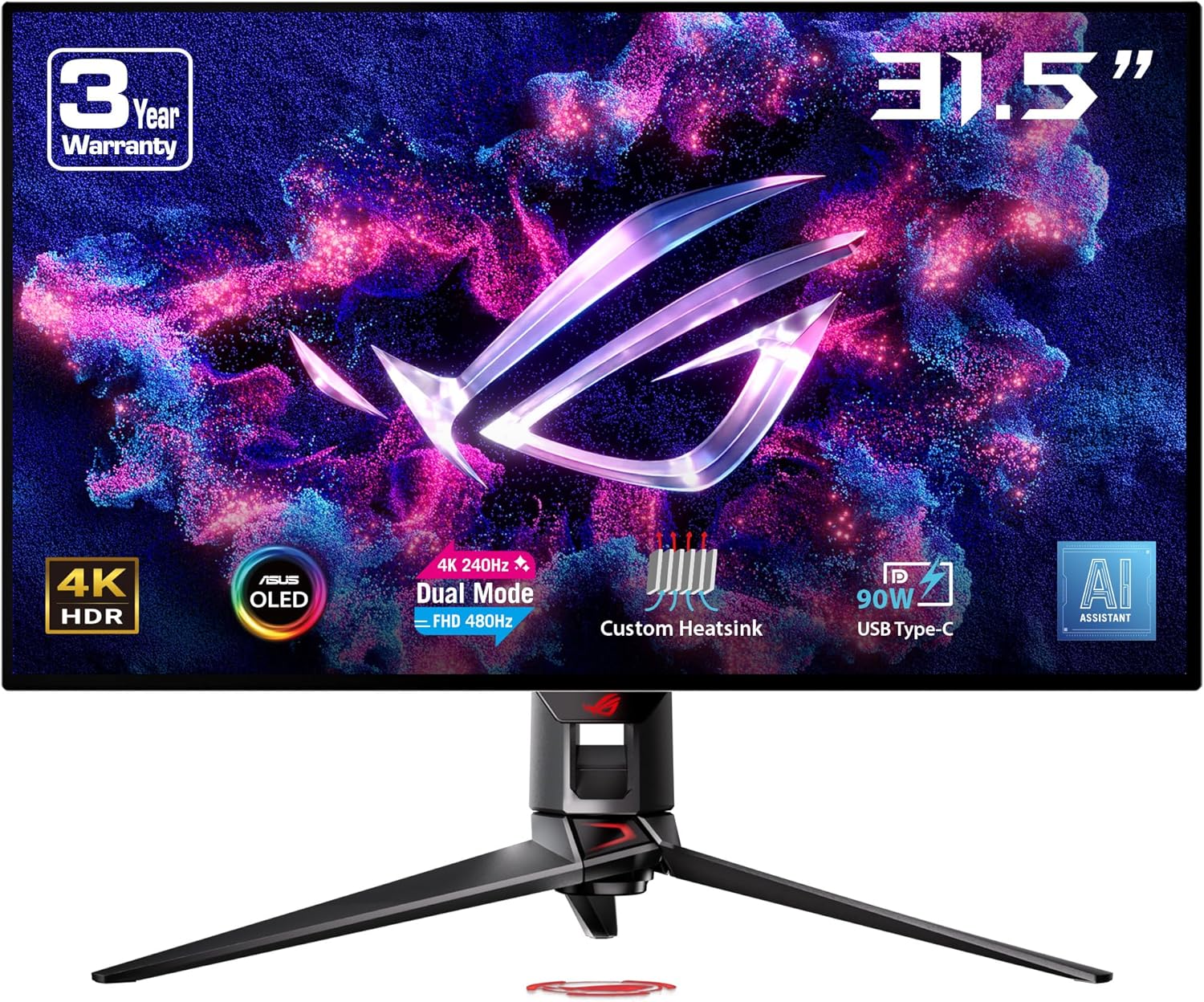Introduction
The role of a computer monitor in enhancing your overall computing experience cannot be understated. Whether you're a gamer looking for fast-paced action with minimal input lag, a graphic designer needing precise color accuracy for creative projects, or an office worker requiring reliable display performance for everyday tasks, the right monitor is crucial. Monitors come in various types and sizes to cater to different needs, but understanding their technical specifications and features can be overwhelming.
Today’s market offers several types of monitors such as IPS (In-Plane Switching), TN (Twisted Nematic), VA (Vertical Alignment), OLED, and more. Each type comes with its own set of advantages and disadvantages, making it essential to choose the right one based on your specific requirements.
This article aims to provide a comprehensive guide to understanding computer monitors. We will delve into key specifications like resolution, refresh rate, response time, color accuracy, contrast ratio, and discuss various display technologies. Additionally, we’ll cover performance benchmarks, real-world usage scenarios, troubleshooting common issues, and answer frequently asked questions about monitor selection and maintenance.
Understanding Monitor Specifications
Resolution: The resolution of a monitor refers to the number of pixels it can display horizontally and vertically. Common resolutions include Full HD (1920x1080), Quad HD (2560x1440), and Ultra HD or 4K (3840x2160). A higher resolution means more detailed images, but also requires a powerful graphics card to handle the increased pixel density.
Refresh Rate: This is measured in Hertz (Hz) and indicates how many times your monitor can refresh its display per second. Higher refresh rates provide smoother motion and less image tearing, making them ideal for gaming and video editing. A typical gaming monitor might have a 144Hz or even higher refresh rate.
Response Time: Response time measures the speed at which pixels change color from black to another color (usually white) and back again. It affects the clarity of moving images, particularly in fast-paced games. Lower response times mean less blur during motion.
Color Accuracy: This is measured by a monitor's Delta E value, with lower values indicating better accuracy. Accurate colors are crucial for professional use like photo and video editing where color fidelity is paramount.
Contrast Ratio: Contrast ratio refers to the difference between the brightest white and darkest black a display can produce. A higher contrast ratio means deeper blacks and more vibrant colors, enhancing overall image quality.
Common Specifications
| Specification | Description |
|---|---|
| Resolution | Pixels per inch (PPI) and size in inches |
| Refresh Rate | Frequency of screen refresh, typically measured in Hz |
| Response Time | Time taken to change from one color to another (ms) |
| Color Accuracy | Difference between ideal and measured colors, Delta E value |
| Contrast Ratio | Ratio of the brightest white to the darkest black (1:1000) |
Varieties of Monitor Types
IPS (In-Plane Switching): IPS monitors are known for their wide viewing angles and accurate color reproduction. They're ideal for graphic design, video editing, and professional applications where color accuracy is crucial.
TN (Twisted Nematic): TN panels offer fast response times and low costs but have limited viewing angles and poor color accuracy compared to IPS displays.
VA (Vertical Alignment): VA monitors provide excellent contrast ratios and deep blacks, making them suitable for gaming and movie watching. However, they can be slower than TN panels in terms of refresh rates.
OLED (Organic Light Emitting Diode): OLED technology provides the best image quality with infinite contrast ratios due to its ability to emit light from each pixel independently, resulting in true blacks and vivid colors. It is also very thin and lightweight.
Monitor Type Comparison Table
| Type | Advantages | Disadvantages |
|---|---|---|
| IPS | Broad viewing angles, excellent color accuracy | Slightly higher cost, slower response times |
| TN | Inexpensive, fast response time | Narrow viewing angle, poor color reproduction |
| VA | High contrast ratio, deep blacks | Slower response times compared to TN panels |
| OLED | Infinite contrast ratios, true blacks and vibrant colors | Higher cost, limited lifespan of organic materials |
Performance Benchmarks for Monitors
Benchmarking monitors involves measuring their performance in terms of resolution, refresh rate, response time, color accuracy, and contrast ratio. Tools like DisplayCAL can test these aspects to ensure your monitor meets industry standards.
Refresh Rate: A higher refresh rate means smoother motion and less image tearing. Testing this involves running a program that displays frames at various frequencies.
Response Time: Measured using tools like CalMAN, response time tests measure the speed of pixel transitions from black to white and back again.
Tips for Choosing the Right Monitor
- Determine your primary use case (gaming, graphic design, general purpose).
- Consider budget constraints.
- Evaluate monitor size based on viewing distance.
- Test in-store if possible to assess color accuracy and viewing angles.
Troubleshooting Common Monitor Issues
- Flickering Screen: Adjust brightness settings or check for loose connections.
- Poor Color Quality: Calibrate monitor using software tools like DisplayCAL.
- Dead Pixels: Return the product if under warranty; use pixel-fixing software otherwise.
Conclusion
Selecting the right monitor is crucial for a comfortable and productive computing experience. By understanding key specifications, evaluating different types, and conducting thorough testing, you can find a display that meets your needs perfectly.
By following these guidelines, users can make informed decisions about their monitors, ensuring they get the best possible performance from their hardware investments. Whether it's gaming, professional work, or everyday use, choosing the right monitor significantly enhances overall user satisfaction and productivity.
